Finally, your pet can go to work for you.
The brain-computer interface is already being tested in humans with Lou Gehrig’s disease.
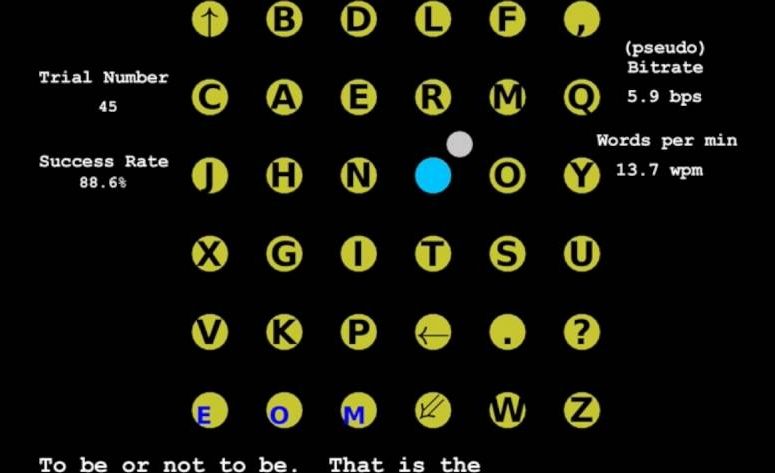
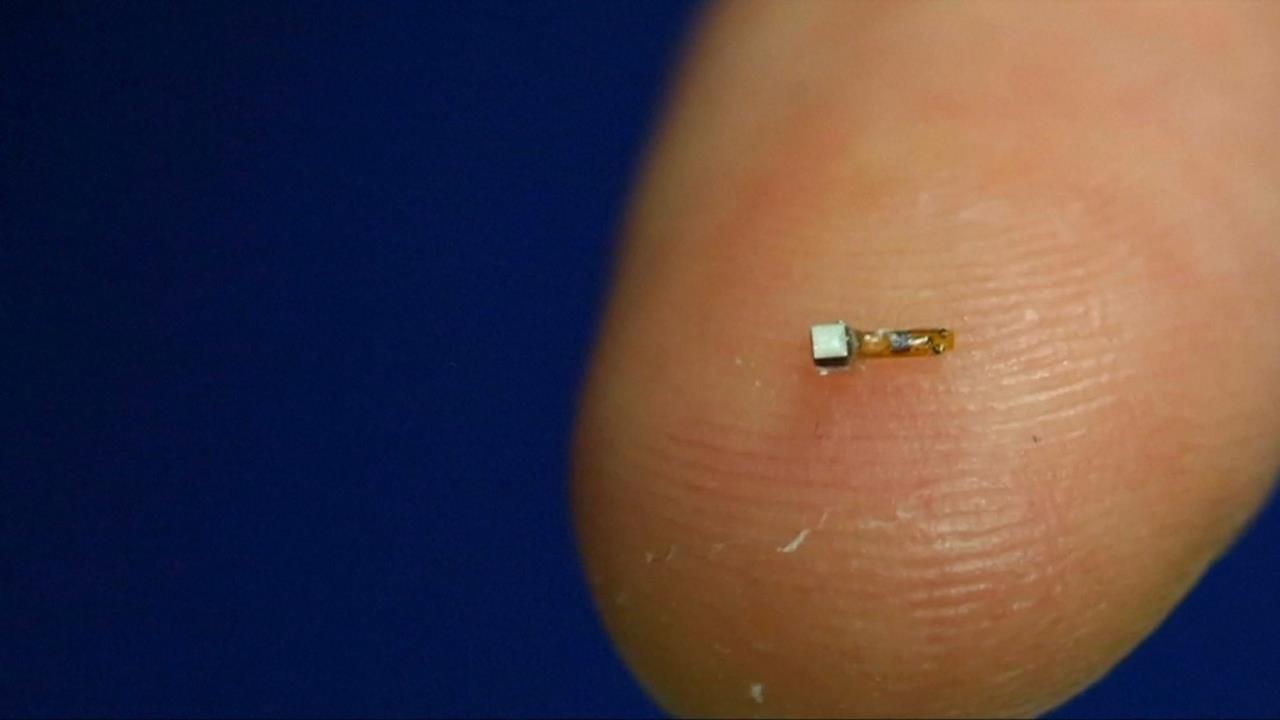
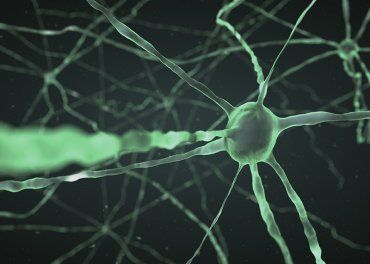
A new UC San Francisco study challenges the most influential textbook explanation of how the mammalian brain detects when the body is becoming too warm, and how it then orchestrates the myriad responses that animals, including humans, use to lower their temperature—from “automatic” physiological processes such as sweating and panting, to complex behaviors, such as moving to cooler environs. These responses are vital to health, as the metabolic processes that keep us alive have evolved to operate within a narrow temperature range.
Experiments on these questions dating back 80 years, using rats and mice, have repeatedly pointed to a tiny brain region known as the preoptic hypothalamus (POA) as the site that detects the body’s warmth. But because this compact area governs functions as diverse as sleep, mating, parental behaviors, eating, and drinking, it has been difficult to precisely pinpoint which cells and circuits are dedicated to detecting and responding to warmth.
“We know a lot about how body temperature is regulated in peripheral tissues, and a bit about the key regulatory brain regions, but the identity of the neurons that act as the master regulators of body temperature has been elusive,” said UCSF’s Zachary Knight, PhD, assistant professor of physiology and senior author on the new UCSF study, which appears in the September 8, 2016 online issue of Cell.
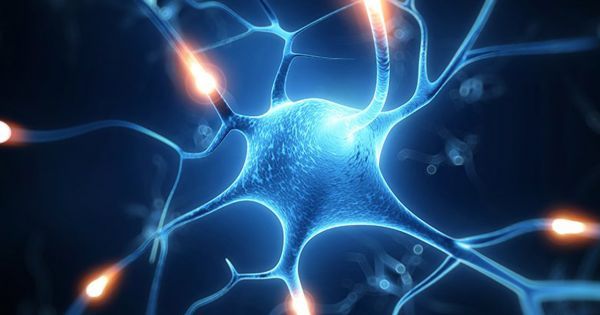
New research suggests that nerve cells may be able to repair themselves by mobilizing mitochondria by removing a certain protein in cells. This may help combat neurological diseases such as Alzheimer’s in the near future.
The Mitochondria is the powerhouse of the cell. We all know that. It causes reactions that generate adenosine triphosphate (ATP), a source of chemical energy in a cell. A typical animal cell contains 1000 to 2000 mitochondria. Yet, that’s not all we learned in high school biology. Remember that neurons or nerve cells do not have the ability to repair themselves once damaged? Well, these two facts have stirred quite a bit of interest.
Scientists have found out that nerve cell regeneration is possible. Researchers from National Institute of Neurological Disorders and Stroke in the US restored mitochondrial mobility in a group of mice and observed regeneration of nerve cells.
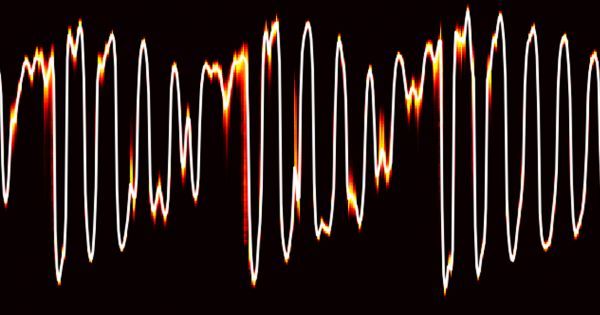
Google has announced WaveNet, a speech synthesis program that uses AI and deep learning techniques to generate speech samples better than current technologies. By analyzing samples 16,000 a second, it can generate human-like speech and even its own music compositions.
If you’ve ever been lost in the maze of Youtube videos you may have stumbled on clips of computers reading news articles. You’d recognize that staccato, robotic nature of the voice. We’ve come a long way from “Danger! Will Robinson!,” but it there is yet to be a computer that can seamlessly mimic a human voice.
Now, there’s a new contender, brought to you by the brilliant minds behind DeepMind. Google has announced a new voice synthesis program in WaveNet, powered by deep neural AI.
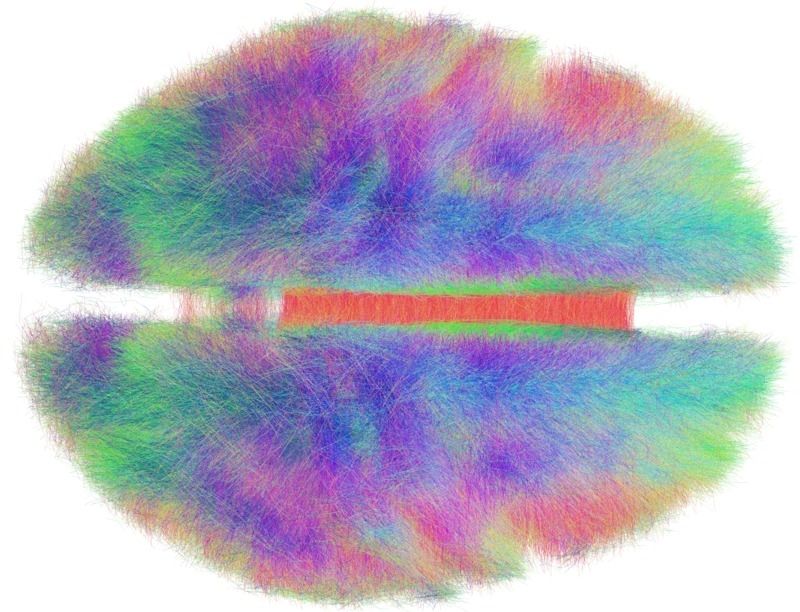
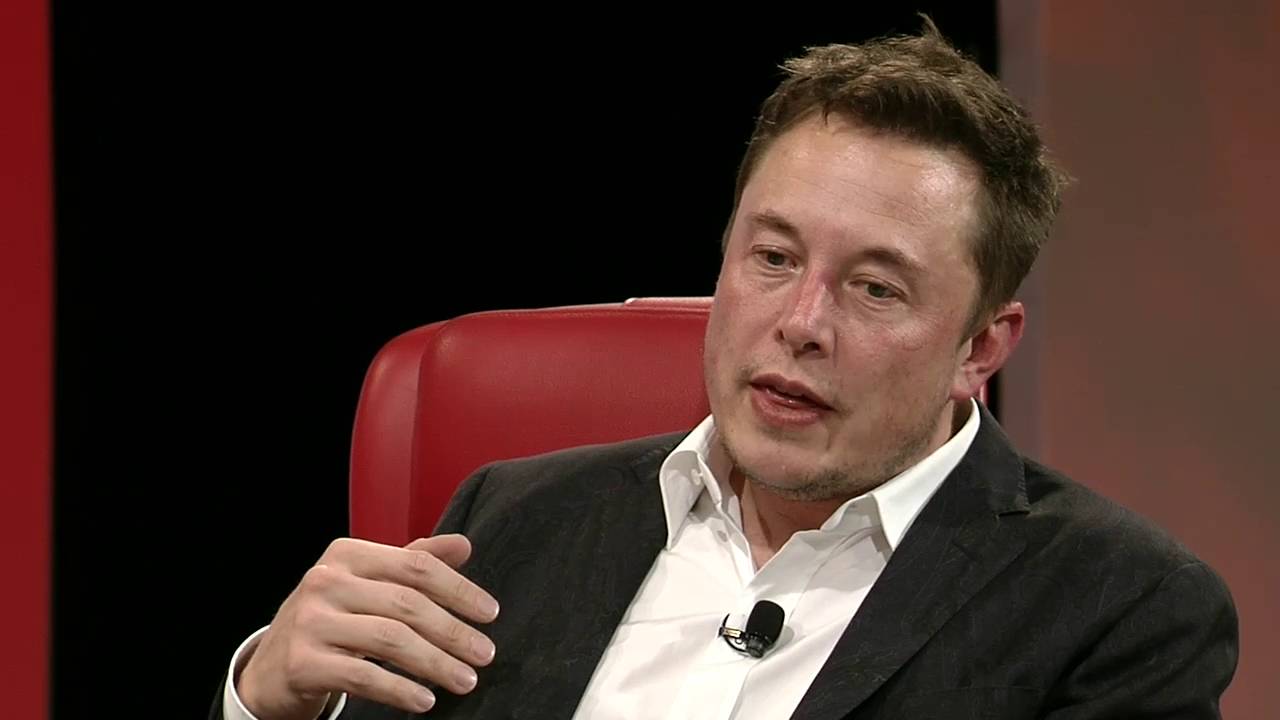
Worried that AI’s one day could make us their pets Elon Musk is teasing a new brain-hacking tech
There’s no doubting that Elon Musk is one busy guy. Whether he’s trying to land on Mars with SpaceX, running Tesla, buying SolarCity, investing in the future of AI, building Giga factories or throwing out Hyperloop concepts for fun but it’s increasingly apparent that he’s giving a huge amount of thought to the day when advanced AI’s become the most intelligent form of “life” on the planet.
With the advances that we are already seeing in AI it’s inevitable that one day – sooner rather than later humans will, comparatively speaking, be as intelligent to an AI as pets are to us today. To that end, the billionaire polymath has revealed he may be working on something called a “Neural Lace”, a nanotechnology based device that you can think of as being a digital upgrade for your brain. Human intelligence combined with the power of AI – a digital layer directly overlaid onto the brains cortex.
Not surprised by these findings.
A UC Santa Barbara researcher studying how the brain uses perception of the environment to guide action has a new understanding of the neural circuits responsible for transforming sensation into movement.
“Mapping perception to a future action seems simple,” UCSB neuroscientist Michael Goard. “We do it all the time when we see a traffic light and use that information to guide our later motor action. However, how these associations are mapped across time in the brain is not well understood.”
In a new paper, published in the journal eLife, Goard and colleagues at the Massachusetts Institute of Technology make progress in mapping brain activity in mice during simple but fundamental cognitive tasks. Although a mouse’s brain is much smaller than a human’s, remarkable structural similarities exist. The mouse brain is composed of about 75 million nerve cells or neurons, which are wired together in complex networks that unerlie sophisticated behaviors.
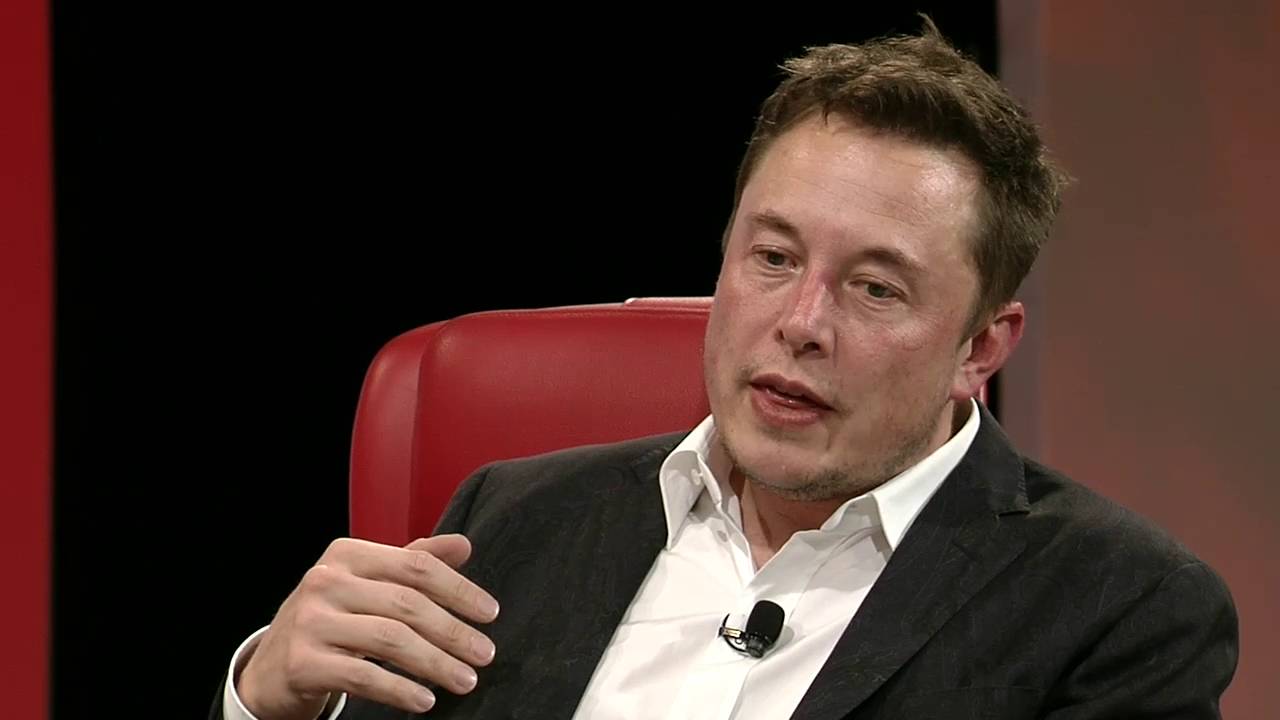
Elon Musk has recently hinted that he may be working on a “neural lace,” a mesh of electronics that will allow AI and the brain to work together. This could help human brains keep up with future enhancements in AI.
There’s no doubt that Elon Musk is one busy individual. When not playing on the Tesla factory floor, he may be bringing electric roofs to electric vehicles, or dreaming up the Hyperloop, or toying with the future of AI.
If not any of those, he is apparently busy protecting us from being treated like house pets after the Singularity. To that end, the billionaire polymath has revealed he may be working on something called a “neural lace.”
Written by ROLAND BENEDIKTER, KATJA SIEPMANN, ALEXANDER REYMANN
ABSTRACT. This article discusses the philosophical implications and potential social consequences of two experimental – and at the present moment still widely speculative – topics at the intersection between scientific and medical advances, the human body, the human mind, and the globalized health care sector. Head-Transplanting is a chirurgical endeavor envisaged by the HEAVEN project announced to be practically implemented around 2017 and to be available for routine-use around the mid-2020s by a group of internationally as prominent as disputed transplant surgeons. Mind-Uploading is a procedure currently in the first stages of development to create artificial representations of the human brain and its processes in computers and on the internet.